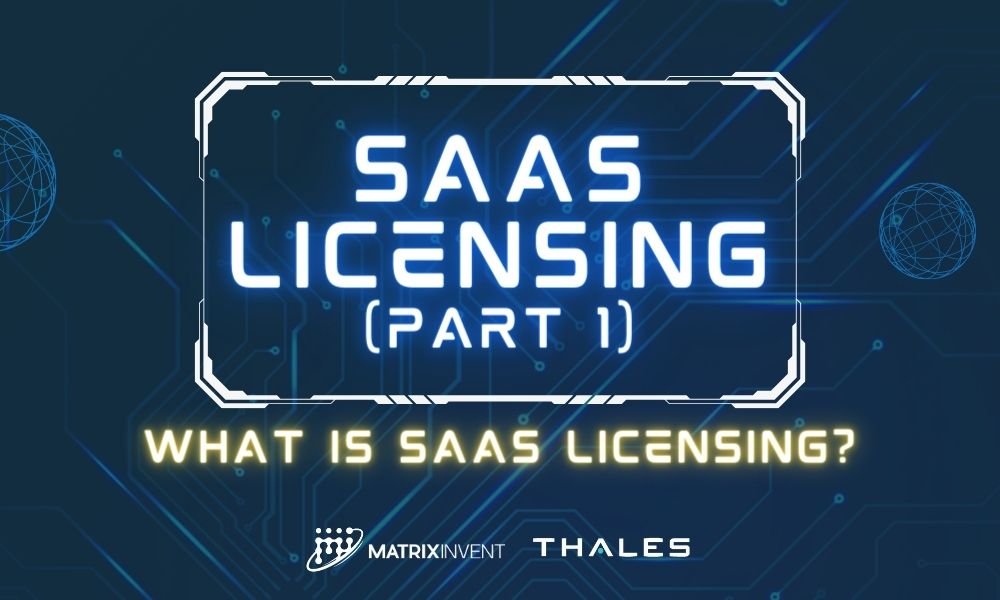What is SaaS Licensing?
SaaS licensing is a system of providing software to clients in exchange for a monthly fee. The SaaS (Software as a Service) licensing model resembles paying rent – companies can use software long-term as long as they continue to make their monthly payments.
What Are Some Examples of SaaS?
The multibillion-dollar SaaS industry boasts apps for practically everything, from watching movies to remotely signing a job contract to SaaS protection. Some of the most well-known SaaS apps include Microsoft Office 365, Netflix, DocuSign, and Zendesk.
Perpetual License vs. SaaS
Before the advent of SaaS, companies would buy perpetual license software, install it onto their hardware, and it was theirs forever. Within the SaaS licensing model, companies pay a monthly fee to use cloud-based apps. A SaaS subscription is often more affordable than paying a large sum upfront for a license.
Cloud-based SaaS licensing is convenient, agile, and customizable, promoting:
- Accessibility – Users can access SaaS apps from any device, including laptops, smartphones, or tablets.
- Efficiency – SaaS systems provide customers with automatic updates that provide enhanced features and services.
- A smooth deployment process – IT can skip the steps of setting up, powering, or cooling the server and jump straight to mastering the new software system and providing technical and computer support.
Does SaaS have a License?
SaaS does have a license. With perpetual license software, customers must purchase the license, while with SaaS users must sign the license to illustrate their compliance.
What is a SaaS License?
A SaaS license serves as an agreement between the software developer and the customer. SaaS license agreements aim to uphold customer compliance with guidelines and payments and the software developer’s commitment to delivering updates, tech support, and customer privacy as promised.
A SaaS license includes the terms and conditions to which the customer must agree, such as:
- Services the customer can access
- How long the customer can use the product for
- How many users have authorized access
- Permitted locations for use
- Specific usage restrictions
- SaaS pricing
- SaaS protection options

The Main Types of Software Licensing
To better understand software licensing, let’s break it down into the main categories.
Open-source software, which is free for anyone to use, includes four types:
- Public domain is the least restrictive. Anyone can use, modify, or repurpose it.
- Permissive is open for use with minimal copyright and trademark restrictions.
- Copyleft allows for new usage if used under the same licensing restrictions, also known as restrictive licensing.
- GNU Lesser General Public Software (LGPL) is free as long as you document that the software is LGPL and that you’ve altered the source code.
The most common SaaS systems, however, are proprietary software. Proprietary software is closed-source, the only type that costs money, and is the intellectual property of its owner. The copyright restricts users from copying, modifying, or distributing it without authorization.
Next: Part 2 (Pricing & Strategies) and Part 3 (SaaS Licence Management)
(Source: Thales)


